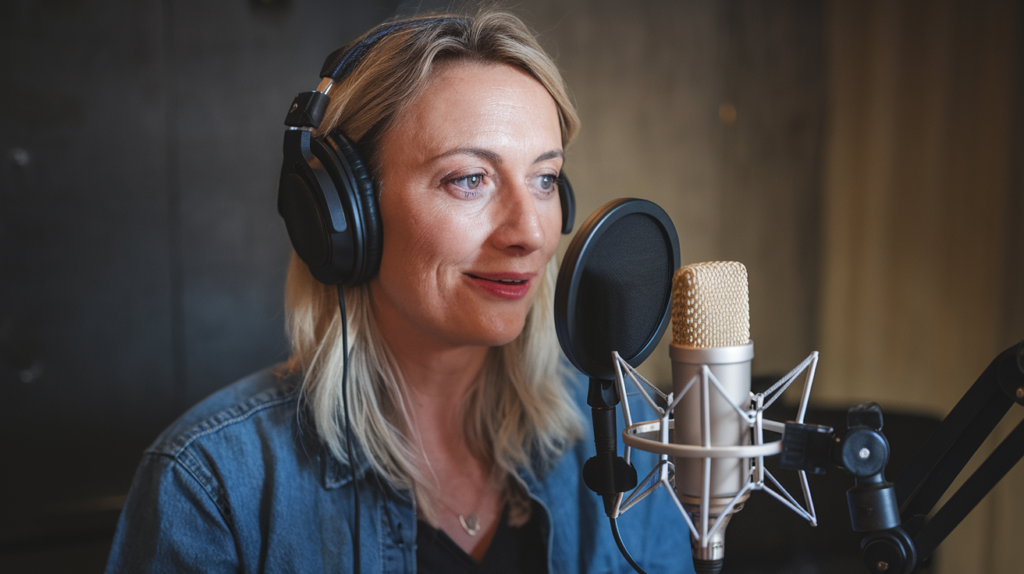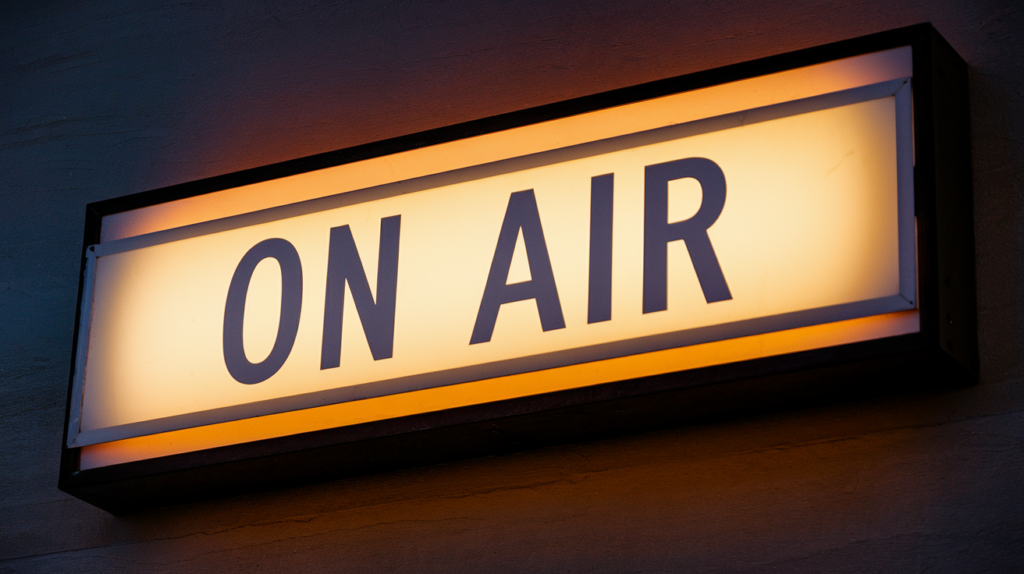In the world of film and television, lip sync dubbing plays a crucial role in making content accessible to diverse audiences. If you’ve ever watched a French film dubbed into Flemish, you know how essential it is for the dialogue to match the characters’ movements seamlessly. This technique not only enhances viewer engagement but also preserves the original emotion and intent behind performances.
As streaming platforms continue to expand their offerings, understanding the nuances of lip sync dubbing becomes increasingly important. Whether you’re a filmmaker looking to reach new markets or a viewer curious about different cultures, exploring this fascinating aspect of media can deepen your appreciation for storytelling across languages. Dive into the art of lip sync French Flemish dubbing and discover how it shapes our viewing experiences.
Key Takeaways
- Lip Sync Dubbing Enhances Accessibility: Lip sync French Flemish dubbing makes films and TV shows more accessible to diverse audiences by ensuring dialogue synchronizes with character movements.
- Cultural Nuance is Key: Skilled voice artists capture cultural nuances and emotional tones in their performances, preserving the essence of the original storytelling while making it relatable for local viewers.
- Viewer Engagement Relies on Synchronization: Effective lip sync dubbing creates an immersive experience that captivates audiences by aligning audio with visual elements seamlessly.
- Mastery of Techniques is Essential: Voice matching, timing, and rhythm are critical techniques in lip sync dubbing that help ensure natural speech patterns and emotional resonance in dubbed content.
- Challenges Include Dialect Differences: Understanding dialect differences between French and Flemish is important for authenticity; voice talent must adapt their performances to maintain clarity and connection with viewers.
- Preserving Original Intent Matters: Maintaining the original intent of a film or TV show during dubbing is crucial for emotional engagement, requiring voiceover artists to thoroughly understand the source material.
Overview of Lip Sync French Flemish Dubbing
Lip sync French Flemish dubbing enhances the viewing experience by aligning dialogue with character movements. This technique requires skilled voice artists who can deliver performances that match the emotional tone and rhythm of the original content.
Dubbing in French Flemish involves a meticulous process where voice actors replace the original audio while ensuring synchronization with lip movements. The goal is to create seamless transitions that maintain narrative flow, allowing audiences to engage fully without distractions from mismatched speech.
Voiceover talent plays a crucial role in this process. These professionals must possess not only linguistic skills but also an understanding of cultural nuances and storytelling techniques. A proficient voice artist captures the essence of characters, delivering lines that resonate with viewers across different backgrounds.
Incorporating high-quality voiceovers into films and TV shows significantly impacts audience perception. When done effectively, dubbing creates an immersive environment, making it easier for viewers to connect emotionally with the story being told. As demand for multilingual content rises, mastering lip sync dubbing becomes essential for any production aiming to reach diverse markets successfully.
Understanding these elements allows producers and creators to appreciate the art behind French Flemish dubbing, ultimately enhancing their projects’ overall impact on audiences worldwide.
Importance of Dubbing in Films and TV
Dubbing plays a crucial role in films and television, particularly for reaching diverse audiences. It facilitates the sharing of stories across cultural boundaries by providing accessible content in various languages.
Cultural Significance
Cultural significance arises from the ability to convey original expressions through dubbing. Skilled voice artists capture cultural nuances and emotional tones, ensuring that dialogue resonates with local audiences. When voiceover talent adapts performances to fit different linguistic contexts, it preserves the essence of storytelling while making it relatable to viewers. This connection fosters appreciation for global narratives and enhances cultural exchange.
Viewer Engagement
Viewer engagement hinges on effective lip sync dubbing that aligns audio with visual elements. When dialogue matches character movements seamlessly, it creates an immersive experience that keeps audiences captivated. Voice actors play a vital role in this process; they deliver performances that reflect the emotions present in the original content. As demand for multilingual programming increases, mastering this art becomes essential for productions aiming to connect deeply with their audience, ultimately elevating overall viewing experiences.
Techniques Used in Lip Sync Dubbing
Lip sync dubbing relies on specific techniques to ensure dialogue aligns seamlessly with character movements, enhancing the overall viewing experience. Mastering these techniques is essential for any production aiming for emotional resonance and narrative coherence.
Voice Matching
Voice matching involves selecting voice talent who can replicate the original tone and emotion of characters. This process requires voice artists to analyze the source material thoroughly, capturing vocal nuances that reflect the personalities of the original actors. Skilled voiceover artists possess a deep understanding of character traits and must adapt their performances accordingly. Their ability to match pitch, pace, and emotional delivery ensures that dubbed performances resonate authentically with audiences.
Timing and Rhythm
Timing and rhythm play critical roles in lip sync dubbing. The synchronization of dialogue with visual cues demands precise timing from voice actors. Each line must be timed perfectly to align with mouth movements while maintaining natural speech patterns. Effective use of pauses, emphasis, and pacing allows for a smooth integration into the scene’s flow. Voice over talent often collaborates closely with directors during this process to achieve optimal results that enhance viewer engagement without disrupting the narrative continuity.
By employing these techniques effectively, productions create an immersive experience where audience members feel connected to the story across different languages and cultures.
Challenges in French Flemish Dubbing
French Flemish dubbing presents unique challenges that require careful consideration and expertise. Understanding these challenges ensures a higher quality of production, enhancing viewer engagement.
Dialect Differences
Dialect differences between French and Flemish can impact the delivery of dialogue. Each dialect carries its own nuances and expressions, requiring voice actors to adapt their performances accordingly. Selecting voice talent familiar with both dialects helps maintain authenticity while ensuring clarity for the audience. Skilled voice artists navigate these variations, providing localized interpretations that resonate with viewers.
Maintaining Original Intent
Maintaining the original intent of a film or TV show during dubbing is crucial. Voice over talent must capture not only the words but also the emotional tone and character dynamics present in the original language. This process demands thorough understanding from voiceover artists regarding the source material’s context and subtleties. Achieving this balance enables viewers to connect emotionally with characters, preserving narrative integrity despite language changes.
Conclusion
Understanding lip sync French Flemish dubbing opens up a world of storytelling that transcends language barriers. It not only enhances viewer engagement but also enriches cultural connections by delivering authentic performances that resonate across different audiences.
As you explore this art form, you’ll appreciate the skill and dedication required from voice actors to bring characters to life while staying true to their original essence. The careful synchronization of dialogue with visual cues creates an immersive experience that captivates and connects you emotionally with the narrative.
In an era where multilingual content is on the rise, embracing effective dubbing techniques will elevate your viewing experiences and deepen your understanding of global narratives.
Frequently Asked Questions
What is lip sync dubbing?
Lip sync dubbing is the process of replacing the original audio in film and television with a new language while matching the dialogue to the characters’ mouth movements. This technique enhances viewer engagement by maintaining emotional authenticity and narrative flow across different languages.
Why is lip sync dubbing important?
Lip sync dubbing makes content accessible to diverse audiences, allowing them to enjoy stories in their native languages. It preserves the essence of performances and fosters cultural exchange, enhancing appreciation for global narratives.
How does French Flemish dubbing differ from other types?
French Flemish dubbing incorporates unique dialect nuances that require skilled voice actors to adapt their performances. This ensures clarity and authenticity, making it relatable for local viewers while preserving the original intent of the story.
What skills do voice actors need for effective dubbing?
Voice actors must possess linguistic skills, cultural understanding, and an ability to replicate character emotions accurately. They also need excellent timing and rhythm to synchronize dialogue with visual cues naturally.
How does effective lip sync dubbing enhance viewer experience?
Effective lip sync dubbing creates an immersive environment that allows viewers to connect emotionally with characters. By aligning dialogue with character movements, it captivates audiences and enriches storytelling across cultures.
What challenges are faced in French Flemish dubbing?
Challenges include adapting to various dialect differences and ensuring that emotional tone aligns with character dynamics. Voice actors must balance delivering precise translations while capturing the essence of original performances.
Why should filmmakers understand lip sync dubbing techniques?
Understanding these techniques is crucial as demand for multilingual programming grows. Mastery in lip syncing can significantly elevate viewing experiences, helping productions connect more deeply with their audiences worldwide.






